Quartzy: the brumation edition
Happy Friday—and winter solstice, to you in the northern hemisphere!

Happy Friday—and winter solstice, to you in the northern hemisphere!
“Brumation,” I recently learned, is a word that refers to “the condition of torpor & sluggishness brought on by winter.” I came across this relevant bit of vocabulary on the Twitter account of Robert Macfarlane, the British author behind The Lost Words, a children’s book-turned-cultural phenomenon with watercolor illustrations by Jackie Morris that Quartz’s Lila MacLellan wrote about this week.
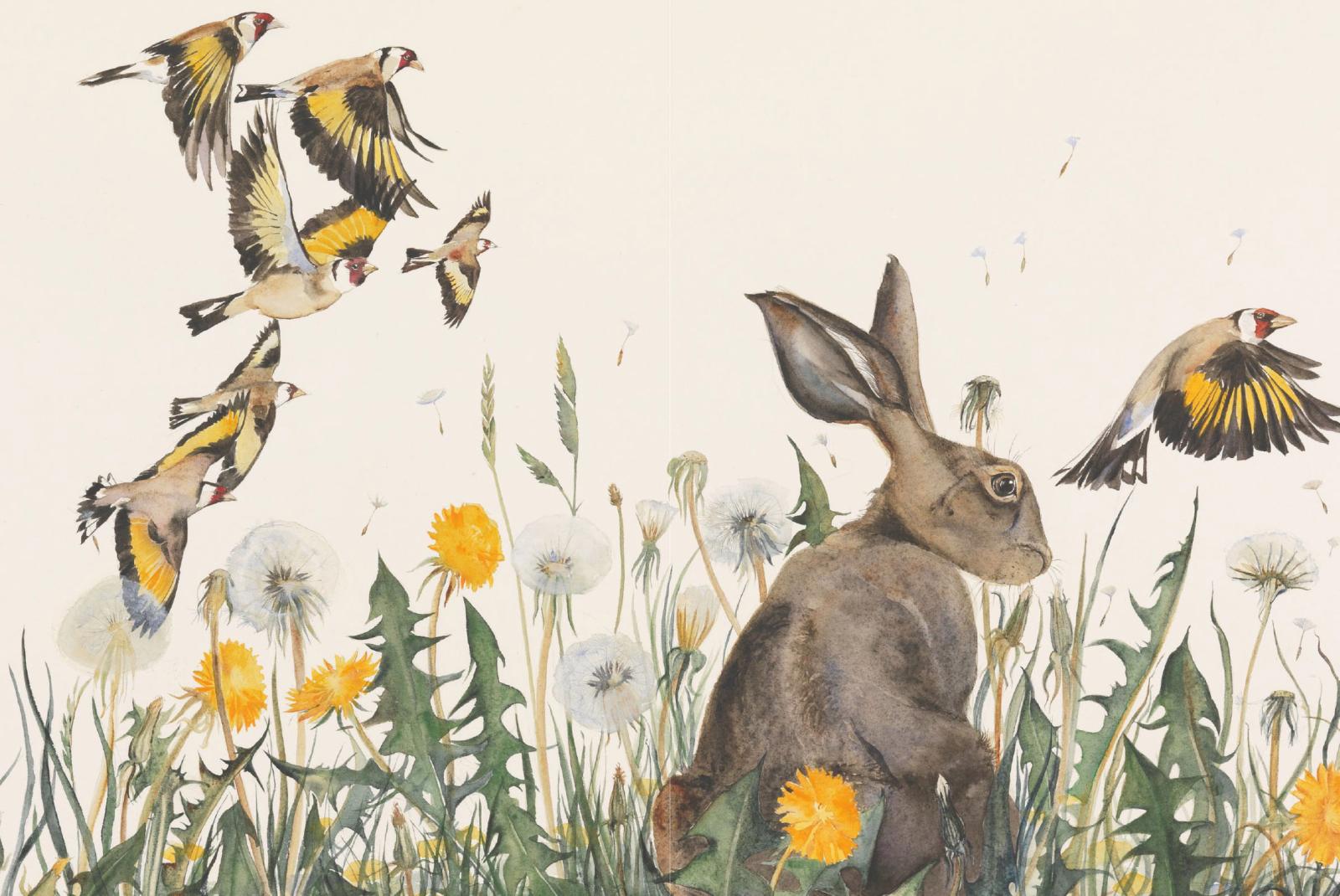
“Part of its enchanting and galvanizing power can be traced to its origin story,” wrote Lila of the book, which has recently become available in the US. “In 2007, Oxford’s ‘Junior’ dictionary, for children age seven and above, tossed out several words from the natural world. Words like ‘moss,’ ‘blackberry,’ and ‘bluebell’ were erased from Oxford’s dictionary for children in order to make room for technological terms like ‘blog,’ ’chatroom,’ and ‘database.’”
Rather than ranting about the wretched state of the English language and inevitable downfall of today’s youth, Macfarlane and Morris created a book of incantations that’s a foot-and-a-half (45 centimeters) high. “Macfarlane often refers to it as a landscape that children try to physically enter,” Lila wrote. It uses illustrations and acrostic poems to conjure important words such as “acorn,” “otter,” “wren,” and, as pictured below, “dandelion.”
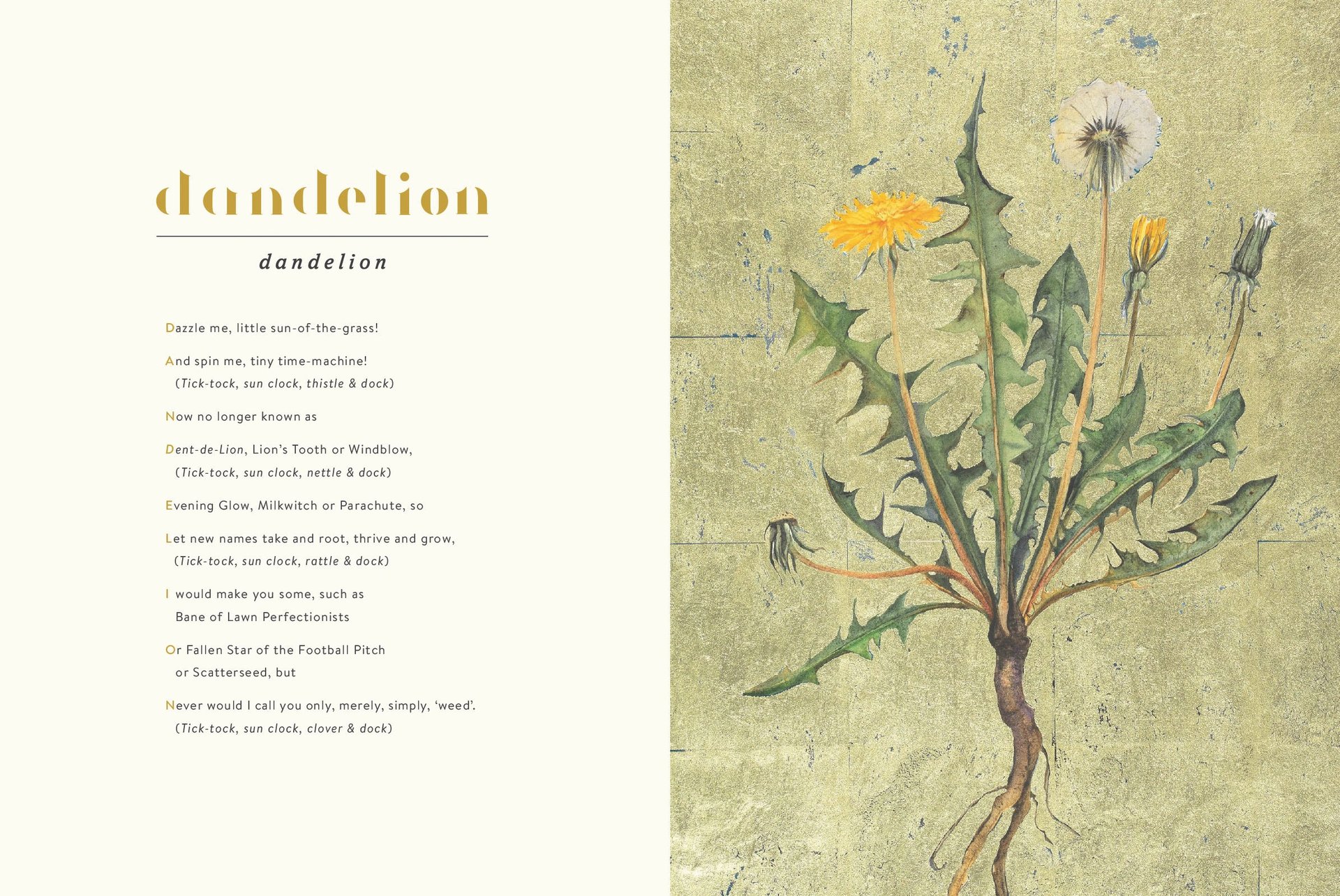
The book has taken on a life of its own, inspiring artistic interpretations in the forms of paintings and spoken word performances; a bookstore’s support of an educational nature program on Vancouver Island; and a crowd-funded effort to place The Lost Words in hospices throughout the UK.
Its success is a worthy reminder of how nature can heal and inspire us—and how language, as Macfarlane told the Guardian, can “open on to mystery, grow knowledge and summon wonder.”
We are now entering peak brumation season, so let’s embrace it. Here are a few more recommendations to hunker down with:
Washington Black by Esi Edugyan. I recently interviewed James Fugate, the co-founder of Eso Won Books—a Los Angeles institution, and one of the country’s foremost black-owned bookstores—for a Quartz series on small business-owners’ relationships with technology. The tables and shelves at Eso Won are deeply stacked, and a must-visit for bibliophiles in LA. There are Caribbean and Cuban cookbooks, encyclopedias of afro hairstyles, histories of school desegregation and slave rebellions, biographies of Frederick Douglass, Grace Jones, Muhammad Ali, and many, many more fiction and non-fiction titles focused on the black experience.
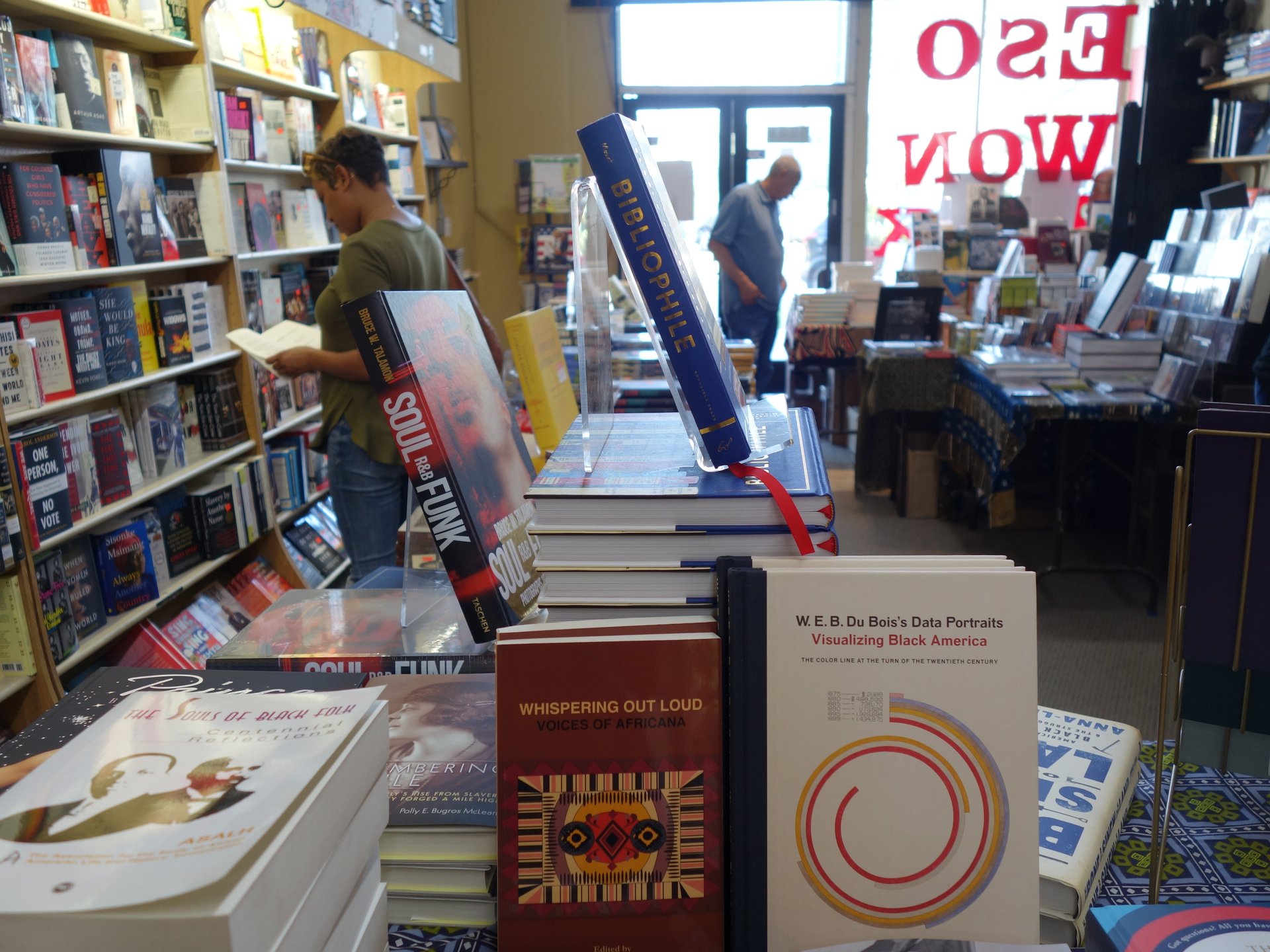
When I asked Fugate for his favorite book of 2018, he recommended Esi Edugyan’s Washington Black without skipping a beat. A Man Booker Prize nominee, it’s the story of a slave in Barbados who escapes with an abolitionist in a hot air balloon and discovers a world beyond anything he dared to dream. My husband picked up my copy while I’ve been wrapped up in Michelle Obama’s Becoming. He hasn’t put it down since, and reports that it’s an adventure for the ages.
[quartzy-recipe]
¡Coquito! Quartz reporter Ashley Rodriguez is in charge of her family’s coquito—a traditional Puerto Rican holiday cocktail that replaces the egg whites and whiskey typically found in egg nog with coconut and rum. “I spent years fine-tuning it from a worn cookbook in my parents’ kitchen,” she writes. “It replaces real coconut, which is difficult to find in New York in the dead of winter, with the canned variety.”
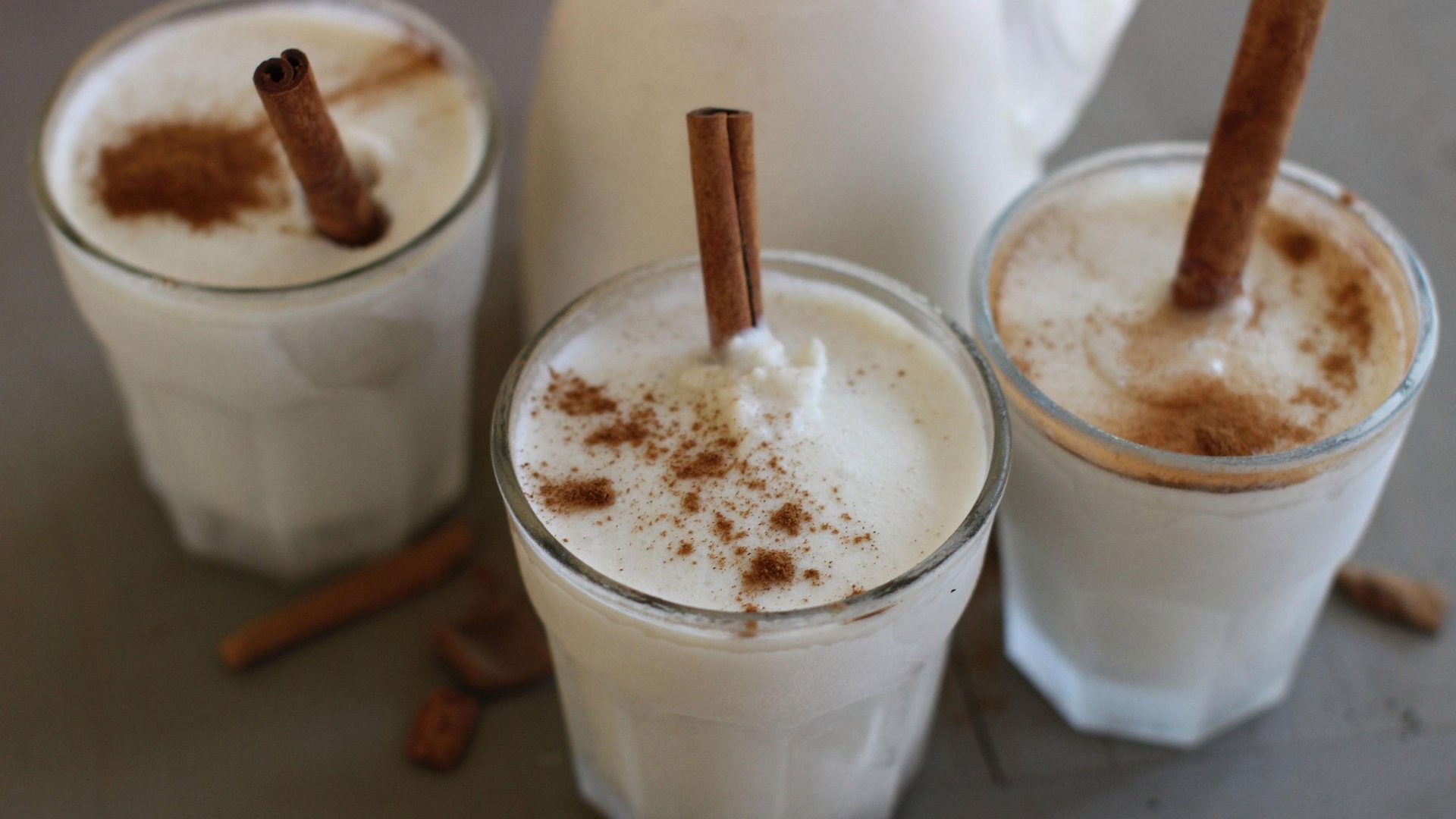
For 8-10 servings, combine one 15-ounce can cream of coconut, one 13.5-ounce can coconut milk, one 14-ounce can sweetened condensed milk, one 5-ounce can evaporated milk, one tsp. ground cinnamon, three lightly beaten egg yolks, and three cups dark rum in a large bowl. In portions, pour the mixture into a blender and blend until smooth, about 20 seconds. Pour the mixture into bottles (the empty rum bottle works well) and cap. Refrigerate for at least 2 hours. Serve with a sprinkle of nutmeg or ground cinnamon, and a cinnamon stick.
Thoroughbreds. This next one comes from Quartz entertainment reporter Adam Epstein’s short list of films you may have missed in 2018: “a thoroughly weird, subversive, and entertaining take on the teen thriller genre.”
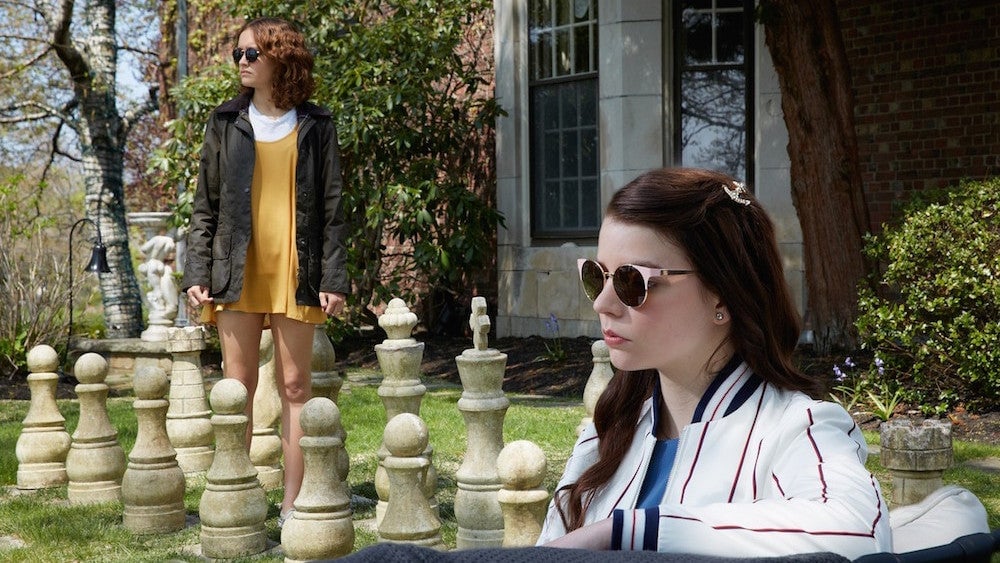
“Thoroughbreds is the cinematic debut of the playwright and director Cory Finley, whose understanding of pacing and tension would have you believe this is the work of a veteran filmmaker … But it’s the performances of actresses Olivia Cooke and Anya Taylor-Joy that really elevate Thoroughbreds from a quirky psychological thriller to one of the most memorable black comedies of the last few years. Cooke, especially, is superb as a sardonic teenage sociopath who nonchalantly suggests her friend murder her abusive step-dad. Watch Thoroughbreds on iTunes, Amazon, or YouTube.”
And then there’s my perennial power trio of holiday movies: Emmet Otter’s Jug-Band Christmas if you’ve got kids around; Bill Murray in Scrooged if you don’t; and ye olde National Lampoon’s Christmas Vacation as fun for the whole family. If you’re more the Love Actually type, please treat yourself to the Quartz Obsession team’s recent email—and extensive info-graphic—on the topic.
Have a great weekend, and happy holidays!
[quartzy-signature]

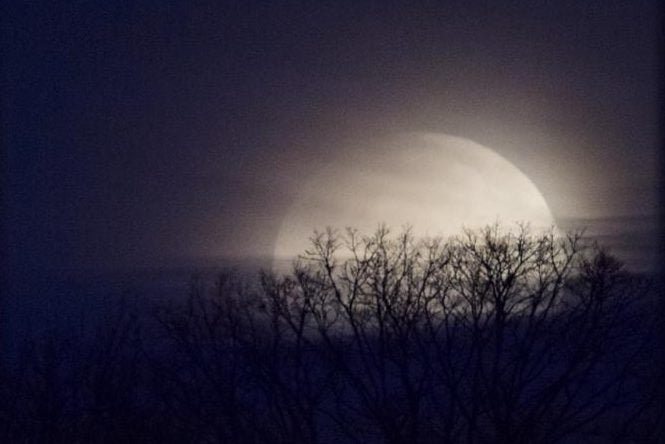
Back to nature. This weekend, Ephrat Livni informs us, marks not only the winter solstice, but also the year’s only Ursid meteor shower and, tomorrow night, the rising of the “full cold moon.” The last full moon of the year takes an especially high trajectory and will be visible for longer than in other months. This special moon—also known as the “long night moon”—has many other names around the world writes Ephrat, who notes that in New Zealand, where it’s summer, it’s called Hakihea, meaning “birds are now sitting in their nests.” In the US Pacific Northwest, “the Haida tribe called December’s full moon the snow moon, or Ta’aaw Kungaay. The Tlingit of Alaska called it Shanáx Dís, meaning ‘unborn seals are getting hair,’ … And the Hopi, who lived mostly in what’s now known as Arizona, called this the Sparrow-Hawk moon … Whatever you call this year’s very special full cold moon, do look skyward and reflect on this distant friend.”